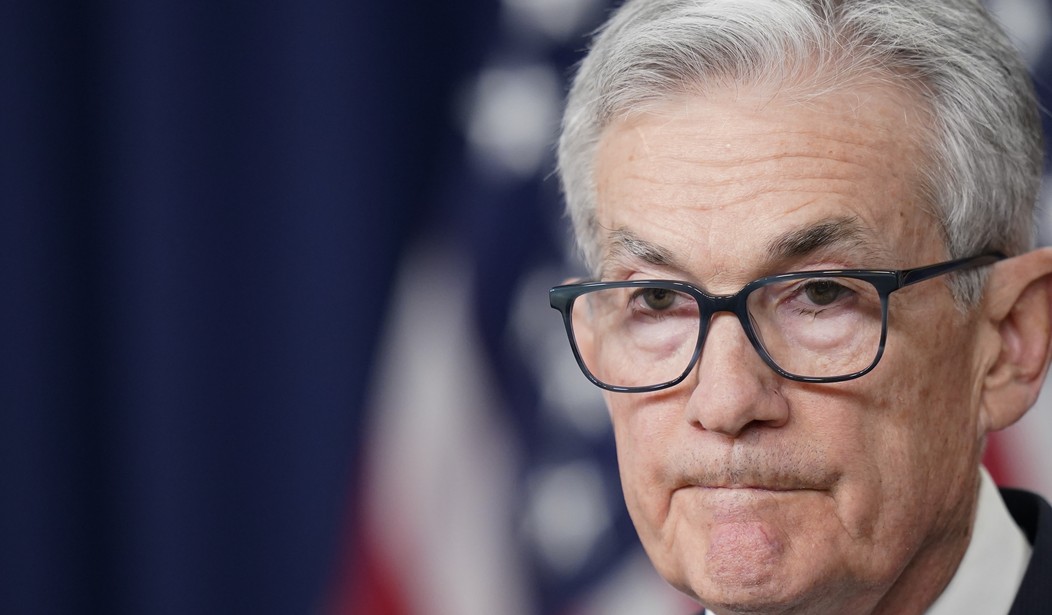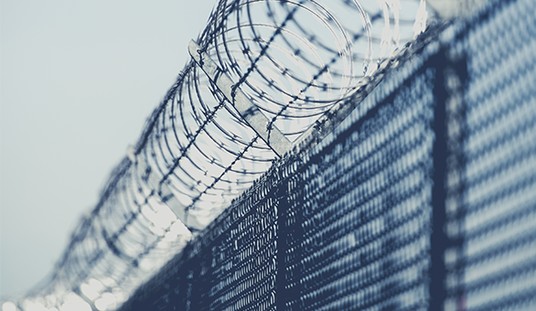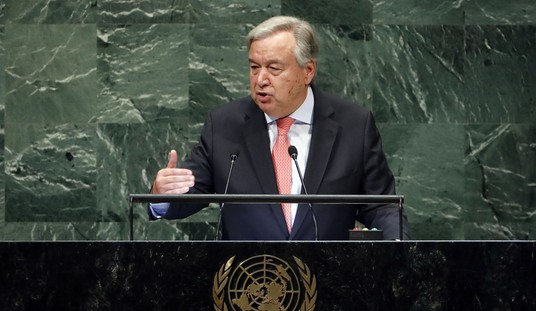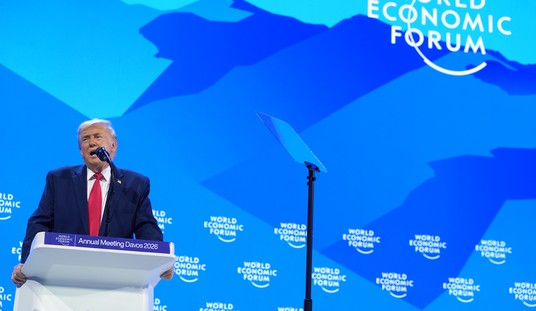Looks like the Federal Reserve doesn't like the latest jobs reports any better than others do -- at least others outside the White House. In an 11-1 vote, the Fed cut its lending rate by 50 basis points rather than the usual 25, pushing it back down to between 4.45-5.0%. That matches up with expectations over the last few days by economists hoping that the Fed would take more aggressive action to prevent a collapse in job creation.
This won't be the last action from the Fed this year, and we could see another full 100 basis points cut before next summer:
Eleven of 12 Fed voters backed the cut, which will bring the benchmark federal-funds rate to a range between 4.75% and 5%. Quarterly projections released Wednesday showed a narrow majority of officials penciled in cuts that would lower rates by at least a quarter point each at meetings in November and December.
Fed Chair Jerome Powell’s decision to trim rates by a larger amount than most analysts anticipated until just a few days ago moved the central bank unwaveringly into a new phase of its inflation battle: It is now trying to prevent past rate increases, which last year took borrowing costs to a two-decade high, from further weakening the U.S. labor market.
“The committee has gained greater confidence that inflation is moving sustainably toward 2%, and judges that the risks to achieving its employment and inflation goals are roughly in balance,” the Fed said in its policy statement Wednesday. The rate cut reflected both “the progress on inflation and the balance of risks.”
The lone dissent still would have cut the rate, but more incrementally, as CNBC's Steve Liesman explains. Unemployment was a major concern, he explains, but the difference between 25 and 50 was probably still a narrow-run decision:
It's the first 50-point cut in the lending rate in 16 years, not counting the emergency cuts during the pandemic. In fact, the 2008 cut also took place in an emergency, as global financial markets threatened to melt down in the mortgage-backed securities crisis that burned nearly every financial institution. The fact that the Fed felt compelled to go big now suggests that they see a looming crisis on the horizon and hope to avoid it, or at least lessen its impact in some way.
The dissent is unusual, too. The Fed and Jerome Powell prizes unanimity on such decisions in order to keep market confidence in their actions as high as possible. The WSJ notes that Michelle Bowman's opposing vote is the first such rate-change dissent in nearly 20 years -- another reason why this may reflect a crisis moment either already extant or in the near future.
Powell tried to frame it as a matter of strategic planning and a desire to get ahead of the issues they see, which doesn't conflict at all with the read that we're at least crisis-adjacent:
Why did the Fed cut a big 50 basis points today?
— Heather Long (@byHeatherLong) September 18, 2024
"You can take this as a sign of our commitment not to get behind." - Fed Chair Powell pic.twitter.com/xniMdjbPHP
Heather also sees this as a strategy to get back to a cheaper-money environment, even at the risk of inflation:
Really interesting: The Fed's long-run goal appears to be interest rates at ~2.9%. (We're now at ~4.9%)
— Heather Long (@byHeatherLong) September 18, 2024
The current forecast is we get to 2.9% by early 2026. pic.twitter.com/3iSYGXi352
This suggests that the Fed may be looking at specific forms of inflation as well as showing concern for job creation. Lowering the rates means easier terms for job-creating investments, even if it also means slightly more loose money in the economy. However, the real drivers of inflation now are not so much prices on consumer goods and services; it mainly comes from shelter costs and municipal utilities. CPI is running in the mid-2s these days on a fairly consistent basis, but inflation for shelter and utilities runs at least twice as hot just as consistently.
To solve that problem, the economy needs more investment in residential construction, especially in multi-unit properties. Higher interest rates discourage such investment and construction, generally speaking. That could be a problem, however, if other conditions don't change. Pushing lending rates back down below 3% will allow a lot of families to buy their own homes, but that will create a demand spike in a market where supply already can't keep up with demand. That risks an even higher inflation rate for shelter unless state and local governments remove impediments to new supply -- land use/zoning restrictions, onerous permitting regimes, and tax policies among them.
That makes the bold approach a risk, especially since the Fed has no way to directly prompt liberalization in these state and local policies. Higher rates don't really help either, though, so it's a calculated risk in the short run that can be moderated if the indicators start flashing red on these areas of inflation.
Politically speaking, this seems like a wash. For those paying attention, the economic warning signals will speak against the status quo, but the media is more likely to paint this as an indication of progress on inflation. When prices keep increasing, though, that spin won't wear well for very long.








Join the conversation as a VIP Member